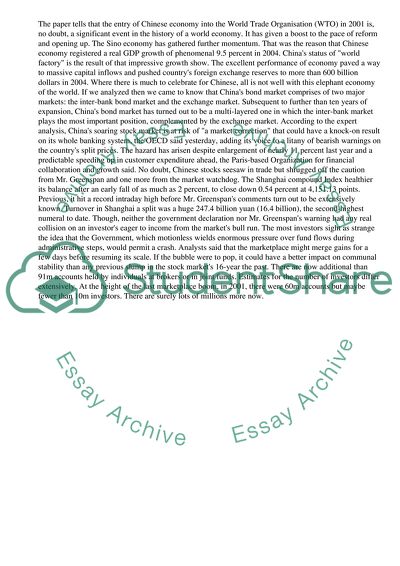Cite this document
(“China and the Bull-run Stock Market Essay Example | Topics and Well Written Essays - 2250 words”, n.d.)
Retrieved from https://studentshare.org/business/1523579-china-and-the-bull-run-stock-market
Retrieved from https://studentshare.org/business/1523579-china-and-the-bull-run-stock-market
(China and the Bull-Run Stock Market Essay Example | Topics and Well Written Essays - 2250 Words)
https://studentshare.org/business/1523579-china-and-the-bull-run-stock-market.
https://studentshare.org/business/1523579-china-and-the-bull-run-stock-market.
“China and the Bull-Run Stock Market Essay Example | Topics and Well Written Essays - 2250 Words”, n.d. https://studentshare.org/business/1523579-china-and-the-bull-run-stock-market.


